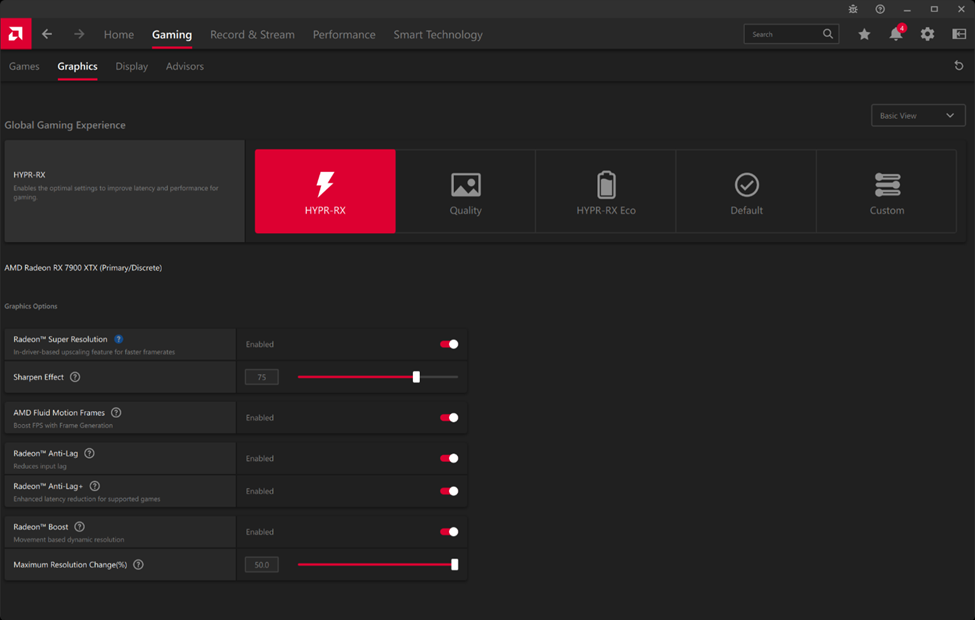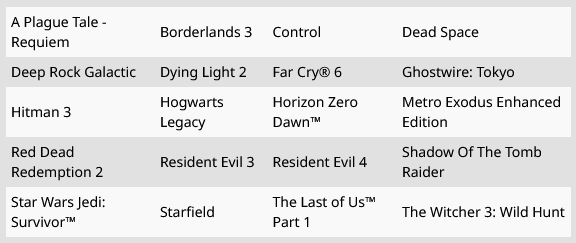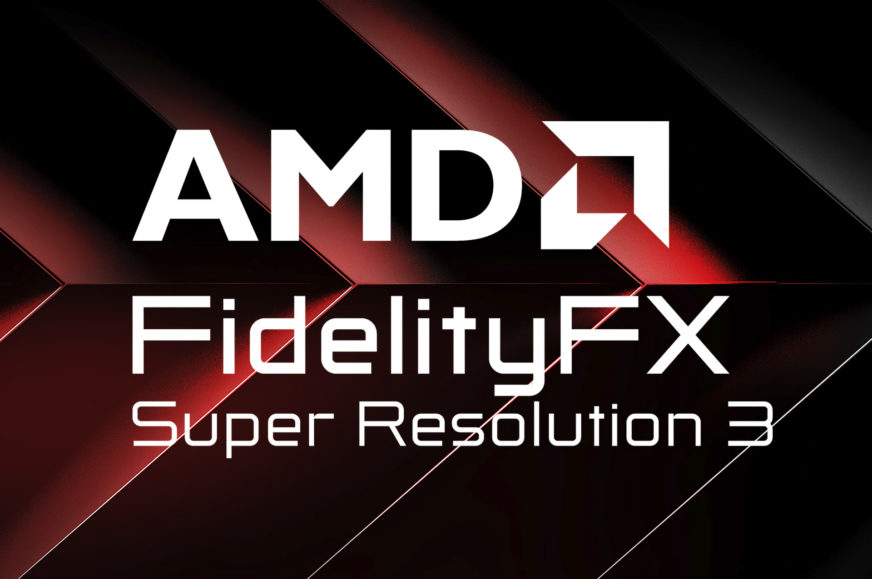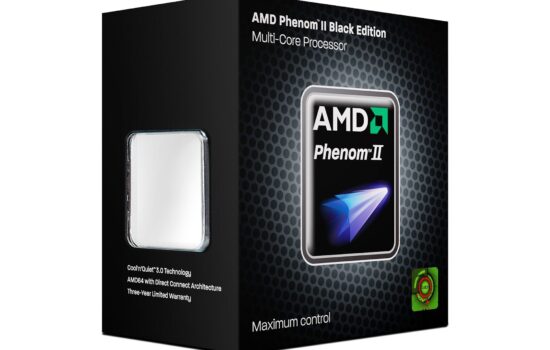AMD's open source frame generation released, you can try it out
A month ago, AMD announced the arrival of FSR 3, or FidelityFX Super Resolution 3, a technology that adds interpolation-based frame generation to FSR, analogous to Nvidia’s DLSS 3. The feature had its public launch last weekend as FSR 3 was patched into the first two games. Fluid Motion Frames, which doubles the frame rate via drivers even when the game doesn’t directly support it, is now also available for testing.
On Friday, official support for FSR 3 made its way to the first two games – Immortals of Aveum and Forspoken. Since the implementation has to be baked directly into the games, you’ll need to install their latest patches to make FSR 3 work. For Forspoken, it’s reported that FSR 3 support should be present in the also updated playable demo on Steam, so those interested could try out the feature without owning the full game. First glimpses of the quality of the generated frames have already appeared online (for example, from techPowerUp testing in Forspoken).
FSR 3 requires the game to run with FSR 2’s temporal-based upscaling enabled because it also uses its motion vectors. However, it is possible to work around this and use frame interpolation without the reduced internal resolution due to the upscaling step of FSR 2. AMD recently added so-called Native AA (Native Anti-Aliasing), which is a mode that applies FSR 2 (or 3) temporal filtering and stabilization, but does so while maintaining native resolution internally, without any upscaling. It’s basically something like the DLSS mode that Nvidia calls DLAA. For the frame generation requirements of FSR 3, this Native AA mode is sufficient. However, it understandably leads to lower performance in terms of frame rate, because there’s no FPS-enhancing internal resolution reduction, Nativa AA is purely an anti-aliasing method that “only” improves quality.
According to AMD’s Frank Azor, more titles are expected to follow these first two, including Avatar: Frontiers of Pandora, Cyberpunk 2077, Warhammer II: Space Marine, Frostpunk 2, Alters, Squad, Starship Troopers: Extermination, Black Myth: Wukong, Crimson Desert, and Like a Dragon: Infinite Wealth. As for developers, Ascendant, Square Enix, Ubisoft, CD Projekt Red, Saber Interactive, Focus Entertainment, Sega, Bandai Namco Reflector are also said to be cooperating with AMD to add FSR 3 support in games. So there may be other games not yet explicitly promised. And support for this feature should also come directly to the Unreal Engine.
AMD Fluid Motion Frames enforced through drivers
In addition to FSR 3 in these pilot releases, a special Radeon driver package has also been released outside of the standard update channel (you can download here) that brings a “technology preview” of AMD’s Fluid Motion Frames feature. This technology (AFMF for simplicity) also provides frame generation, but in this case without dependency on the game implementing and officialy supporting FSR 3 directly.
In this case, the frame generation does not use “meta information” from the game such as motion vectors, and this inevitably leads to a degradation in visual quality (more visual artifacts can be expected). The interpolation is purely based on detecting and analyzing motion (Optical Flow technique) in the final pixel data of the frames. It might be worth pointing out that this mode should not be compared to Nvidia’s DLSS 3 – the competing vendor does not offer the ability to generate frames without official DLSS 3 support in-game like this, purely from the pixels without metadata – or at least not yet.

You must manually enable AFMF for a specific game in the AMD Software drivers to use it. Contrary to previous rumors, it doesn’t seem to be tied to the HYPR-RX feature as we initially thought. It can also be manually switched on independently, so you can also test it now. There are some limitations – AFMF can only be used in DirectX 11 and DirectX 12 based games for now. If you enable HYPR-RX, then AFMF is automatically enabled in twenty selected games, but as mentioned, you can force AFMF in others by manually enabling it with its dedicated toggle.

As AMD previously said, so far this AFMF feature is only available on discrete graphics cards with RDNA 3 architecture, i.e. on Radeon RX 7000s. The integrated RDNA 3 graphics in the Ryzen 7040 “Phoenix” or Ryzen Z1 and Z1 Extreme do not have this feature available.
AMD recommends that AFMF be used with Anti-Lag and possibly Anti-Lag+, as frame generation inherently makes latency worse (this happens in the same way with DLSS 3). V-Sync and HDR including Auto-HDR are also currently required to be disabled. This should be a limitation of the preview version and will hopefully be removed later. AMD also recommends that this feature should only be used if the game already manages to run at at least 55 FPS (1080p) or 70 FPS (1440p) without it. At lower FPS there is increased risk that the result will be significantly less “watchable”.
In addition to these limitations, users say there is currently also an issue with adaptive frame rate (which is recommended to be turned off for now) and motion smoothness. This affects both AFMF and FSR 3. It manifests itself in choppiness and jerkiness of movement, and the solution is to set your FPS limit in the drivers (FPS limit via Radeon Chill also works) a bit below the maximum refresh rate of your monitor. In that mode, the problematic frame pacing should supposedly be smoothed out. This will hopefully be tweaked by AMD to make interpolation easy to use without having to adjust these additional settings.
Sources: AMD (1, 2, 3), techPowerUp (1, 2)
English translation and edit by Jozef Dudáš
⠀











